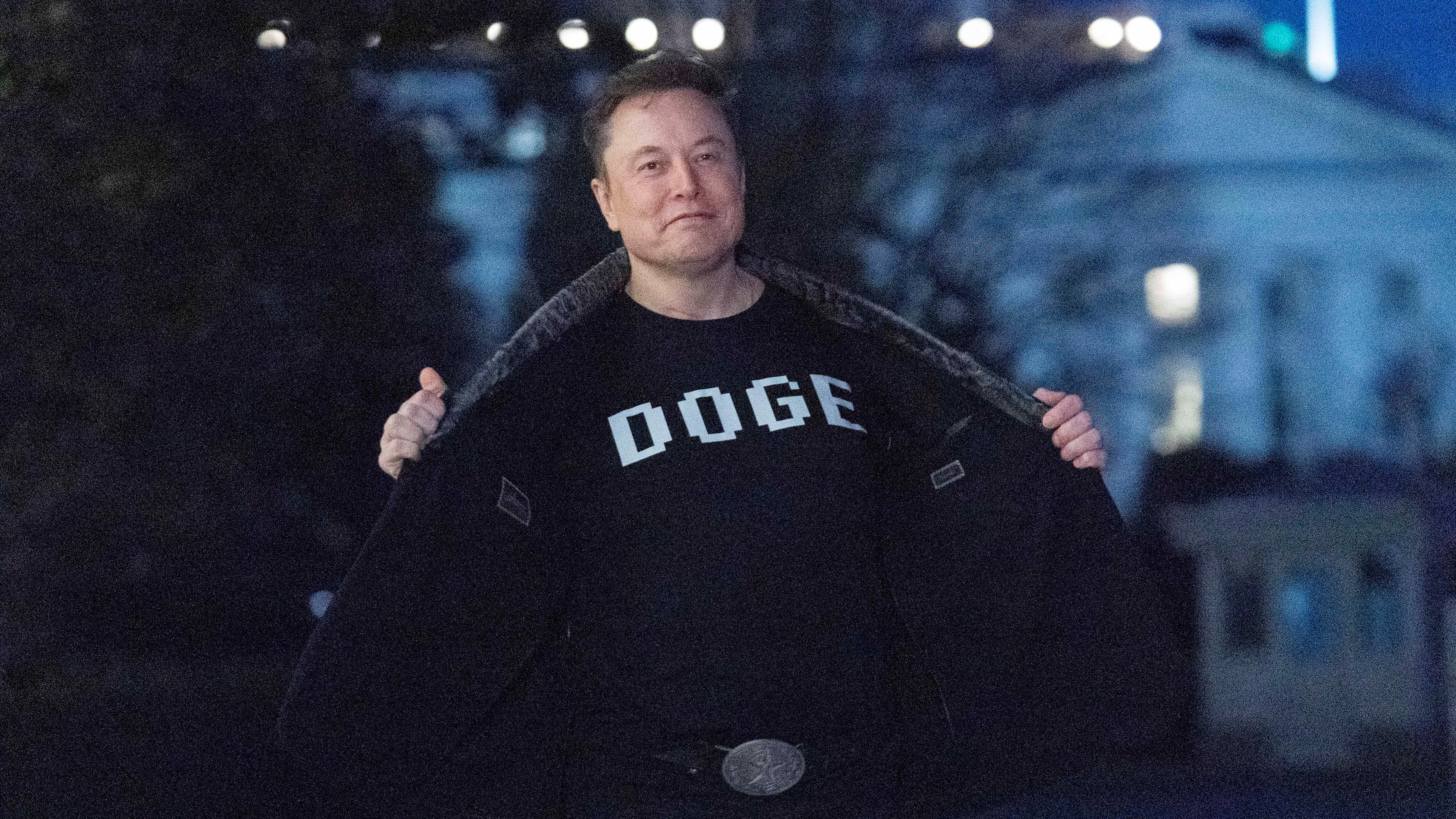Elon Musk announced on Tuesday that he will start focusing more time on Tesla, after the company reported a sharp decline in its quarterly earnings.
PUBLICIDAD
During a call with analysts, the businessman stated that now that he has completed what he called “the main job of establishing the Department of Government Efficiency”, he will dedicate “much more of my time to Tesla” starting in May. Musk detailed that he plans to allocate only “one or two days a week to government matters”.
PUBLICIDAD
But more than increased dedication to Tesla, the real relief for the electric car company seems to be Elon Musk’s exit from the Donald Trump administration.
The high profile of the South African in the first 100 days of the Trump administration, his intervention in the federal government, and a series of false accusations, generated massive protests against Tesla and a call to boycott the purchase of their cars.
What are Tesla’s problems?
Tesla, based in Austin, Texas, is going through a challenging period in the market. The company reported a 71% drop in its quarterly earnings, as well as a 9% decrease in revenue compared to the same period last year.
In the financial report published on Tuesday, Tesla indicated that its quarterly earnings fell from 1.39 billion to 409 million dollars, equivalent to 12 cents per share. These figures are below analysts’ projections. Revenues decreased from 21.3 billion to 19.3 billion dollars in the first quarter, while the gross margin dropped from 17.4% to 16.3%.
Tesla is also facing the impact of the trade war unleashed by Donald Trump. Although it produces most of its vehicles domestically, it still relies on certain imported materials that will now be subject to new tariffs. This situation also affects its energy storage unit.
On the other hand, China has started to apply commercial retaliations. Tesla was forced to suspend orders for the Model S and Model X in that country at the beginning of the month. Production of the Y and 3 models for the Chinese market continues at the company’s plant in Shanghai.
Tesla’s internal and tariff problems are compounded by increasing competition. This year, the Chinese manufacturer BYD introduced a battery capable of charging in a few minutes, posing a direct threat to Tesla. In Europe, new models from local brands with advanced technologies have started to gain ground, just as Musk’s public image is being affected by his political statements in favor of far-right politicians and parties that have generated rejection among potential buyers on the continent.
The new challenges of Tesla
In the midst of this scenario, Tesla reiterated its plans to launch a more affordable version of the Model Y SUV during the first half of 2025. Additionally, the company maintains its goal of implementing an autonomous robotaxi service in Austin by June, with the aim of having a large part of its fleet operating autonomously by 2026.
Musk stated that “there will be millions of Teslas operating autonomously in the second half of the year,” and added that he expects the vehicles to allow sleeping during the journey and waking up at the destination. According to the entrepreneur, this feature would be available in several cities in the United States before the end of the year.
However, these advancements face regulatory scrutiny. The National Highway Traffic Safety Administration (NHTSA) continues to investigate whether Tesla’s driver assistance system, known as Autopilot, is capable of effectively alerting drivers when they lose concentration.
Likewise, its Full Self-Driving technology, which does not provide fully autonomous driving despite its name, has been questioned following incidents in low visibility conditions.
